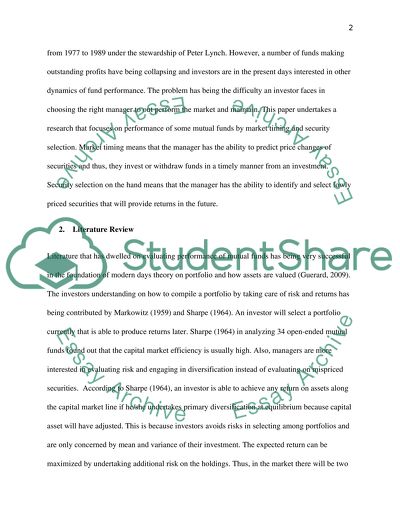Cite this document
(“DO MUTUAL FUNDS DELIVER ALPHA Dissertation Example | Topics and Well Written Essays - 2500 words”, n.d.)
Retrieved from https://studentshare.org/finance-accounting/1398822-do-mutual-funds-deliver-alpha
Retrieved from https://studentshare.org/finance-accounting/1398822-do-mutual-funds-deliver-alpha
(DO MUTUAL FUNDS DELIVER ALPHA Dissertation Example | Topics and Well Written Essays - 2500 Words)
https://studentshare.org/finance-accounting/1398822-do-mutual-funds-deliver-alpha.
https://studentshare.org/finance-accounting/1398822-do-mutual-funds-deliver-alpha.
“DO MUTUAL FUNDS DELIVER ALPHA Dissertation Example | Topics and Well Written Essays - 2500 Words”, n.d. https://studentshare.org/finance-accounting/1398822-do-mutual-funds-deliver-alpha.


